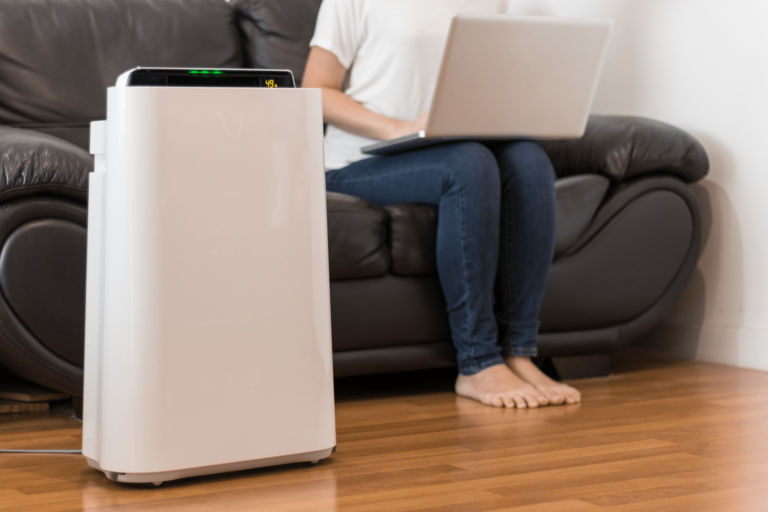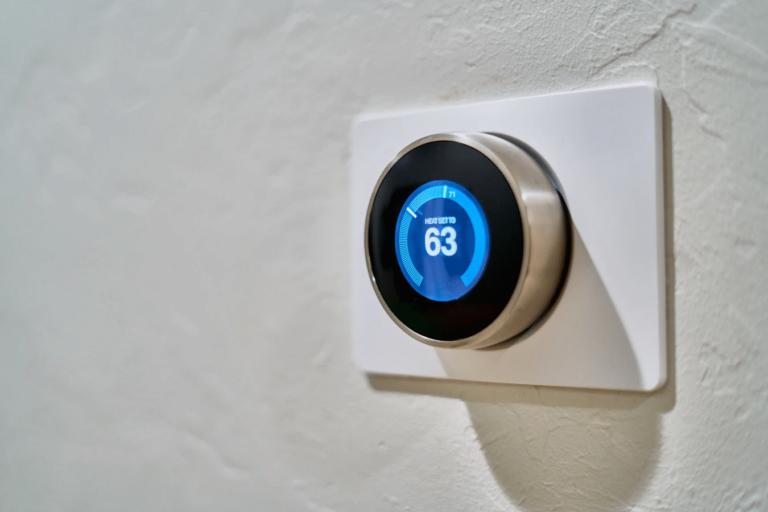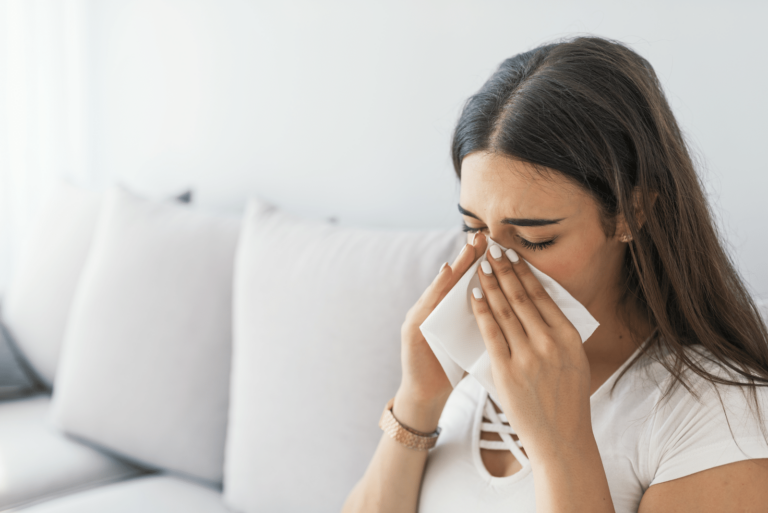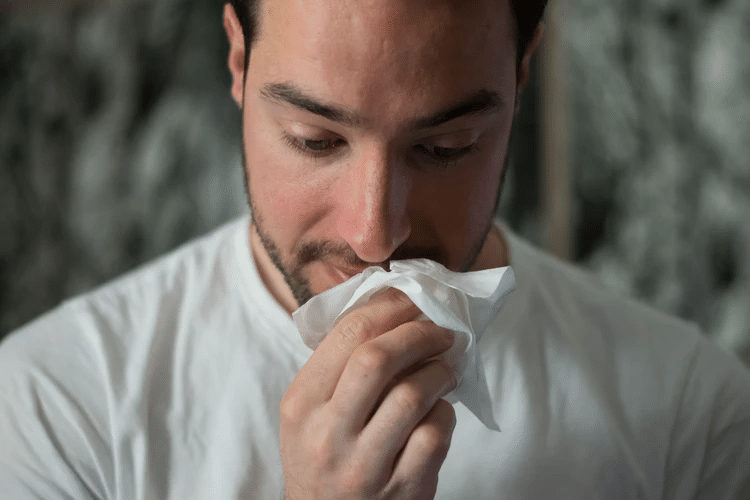How Do You Find Your Optimal Sleeping Temperature?
Nothing’s worse than a night of restless sleep, especially when you can’t find that sweet spot of being perfectly comfortable temperature-wise. You don’t want to be too cold, but being too hot can also keep you from having the sound sleep you’re hoping for. Though it may sound excessive, finding your optimal sleeping temperature is essential to a good night’s rest.
Your core body temperature generally sits at about 98.6 degrees Fahrenheit and fluctuates by about 2 degrees throughout the night as you sleep. Typically, your body temperature begins to drop about 2 hours before you go to sleep, continues dropping as you sleep, and gets to its lowest point in the early morning, and begins to warm up as you wake up throughout the morning. In order to stay comfortable, this means that the temperature inside your home (or wherever you’re sleeping!) should coincide with the drop in body temperature as well.
Considering these factors, studies have shown that the most ideal sleeping temperature sits at just about 66 degrees Fahrenheit. There are, of course, other elements that may affect the best sleeping temperature for you. Here are some other things to consider as you adjust your thermostat temperature for sleeping:
Cold Weather Climate
If you live in a colder climate, you’re likely keeping your heating on for most of the year, keeping your thermostat set to a temperature of roughly 68 degrees. This should be fine for optimal sleeping, but if you find that you are still cold, consider adding on some extra layers on your body or on your bed to keep you warm.
Warm Weather Climate
Warm weather climates are probably keeping their thermostat set to a lower temperature to keep cool, but studies suggest that for efficiency, you should keep your thermostat set between 75-78 degrees. Setting your thermostat to that “ideal” temperature of 66 will blow your HVAC bill out of the water, so remember that just a drop in temperature by a few degrees will be enough to get that ideal sleeping temperature for your body. With this in mind, a temperature of about 72-75 degrees Fahrenheit should still lower your body temperature enough proportionately.
Pets
Of course, your fur babies need a certain temperature to be able to function and sleep most functionally! Depending on the fur, breed, and age of your pet temperatures may vary, but generally speaking, larger dogs prefer 75 degrees Fahrenheit and cats prefer 69-72 degrees Fahrenheit, with colder temperatures being more optimal in the summer and warmer temperatures best in the winter for elderly cats.
Babies
Infants and babies are more sensitive to changes in temperature, so thermostats should be kept between 65 and 68 degrees Fahrenheit during most of the day to prevent SIDS.
Elderly
Older-aged people are also more sensitive to temperature changes, as colder temperatures may affect and increase the chances of respiratory disease and hypothermia. Temperatures should range from 68-75 degrees Fahrenheit for people over the age of 65, and should never fall below 65 degrees Fahrenheit to keep everyone safe.
Now that you know how to find your best sleeping temperature, it’s time to invest in a quality thermostat to give you the most control of your heating and air conditioning! Air Rescue has been providing the Tampa area with quality HVAC installation, repair, heating, and air conditioning services for over 70 years. We offer impeccable service from experienced technicians, all at prices you can’t beat. For more information, submit a contact form or give us a call at 813-358-3431.








